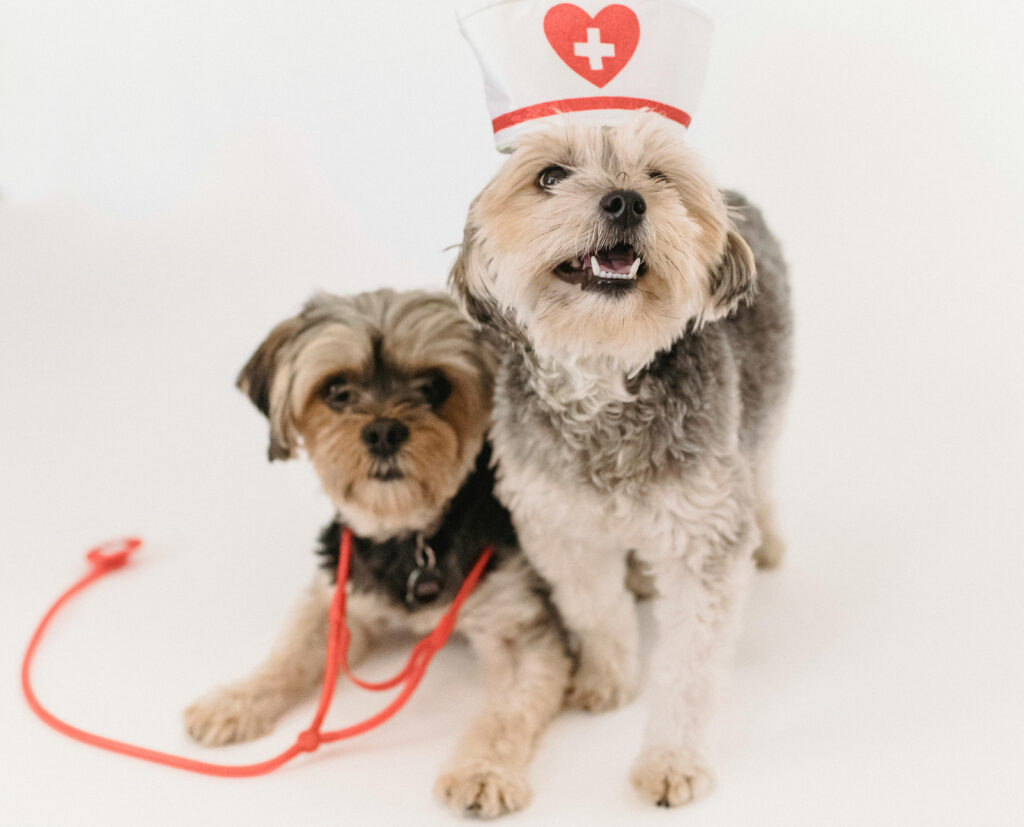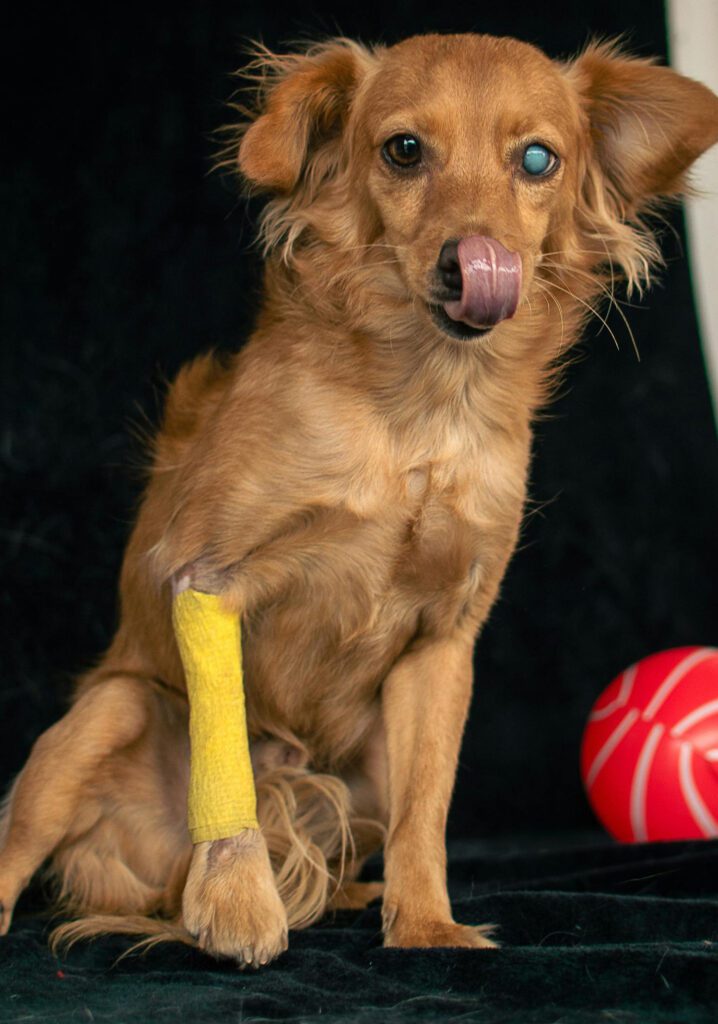
Written by: Bren Parker
As pet owners, we want to ensure the health and safety of our furry friends, but accidents can happen when we least expect them. Whether your pet is an adventurous dog who loves to explore the outdoors or a curious cat who gets into mischief, being prepared for emergencies is essential. That’s where a pet first aid kit comes into play. Just as we have first aid kits for ourselves, having a well-stocked kit for your pet is a smart way to be prepared for the unexpected.
Why Every Pet Owner Should Have a Pet First Aid Kit
Accidents and injuries can happen quickly and unexpectedly, leaving us with little time to react. Having a first aid kit on hand gives you the tools to handle minor injuries or stabilize your pet until you can get to a vet. Some common pet emergencies include cuts and scrapes, insect bites/stings, injury, ingestion of toxins, and heatstroke.
A pet first aid kit is not a substitute for vet care but it can be helpful when handling everyday situations, such as cleaning up after a minor injury, stopping bleeding, or managing a situation until you can seek professional care.
What Should a Pet First Aid Kit Contain?
Creating a pet first aid kit doesn’t have to be overwhelming. The goal is to have basic supplies on hand to address minor injuries and stabilize your pet until professional help is available. Below is a list of essential items every pet first aid kit should contain:
1. Basic First Aid Supplies
- Sterile Gauze Pads: Useful for cleaning wounds or stopping bleeding.
- Adhesive Bandage or Bandage Rolls: Helps secure gauze and dressings in place.
- Non-stick Bandage Pads: Prevents sticking to wounds, ideal for covering scrapes and cuts.
- Self-Adhesive Bandage: Provides support for sprains or can be used to wrap a paw after injury.
- Medical Tape: Holds gauze and bandages in place.
- Cotton Balls or Swabs: Ideal for cleaning wounds or administering topical medications.
2. Antiseptics and Medications
- Antiseptic Wipes/Solution: Essential for cleaning cuts and wounds to prevent infection.
- Hydrocortisone Cream: Helps treat insect bites, rashes, and other skin irritations.
- Antibiotic Ointment: To apply on cuts, bites, or scrapes to prevent infections.
- Saline Solution: To clean wounds and flush out foreign objects like dirt or debris.
- Activated Charcoal: If your pet ingests a toxic substance, activated charcoal can help absorb toxins (but always follow the vet’s advice).
3. Tools for Immediate Care
- Tweezers: To remove splinters, ticks, or bee stingers.
- Scissors: A small pair of blunt-tipped scissors can be useful for cutting tape, gauze, or other materials.
- Digital Thermometer: Vital for checking if your pet has a fever or abnormal body temperature. (Pets usually run hotter than humans, around 101 to 102.5°F).
- Instant Cold Packs: To reduce swelling and alleviate pain in the event of sprains, strains, or bites.
- Eye Dropper/Syringe: For administering liquids or flushing eyes or wounds.
4. Other Emergency Supplies
- Muzzle: In case your pet is in pain and might bite due to stress or fear, a muzzle can help keep them and yourself safe (make sure it’s properly fitted).
- Toweling or Blanket: If you need to transport your pet, a soft towel or blanket can be used for support or to wrap them up.
- Leash and Collar: A leash and collar can help maintain control over an injured or frightened pet.
- Pet-Specific Medications: If your pet has specific medical needs include these in the kit.
5. First Aid Manual
- Pet First Aid Guide: A comprehensive first aid manual tailored to pets can help guide you through the steps of stabilizing your pet in an emergency until you can reach a veterinarian.
How to Store and Maintain Your Pet First Aid Kit
Once you have assembled your pet first aid kit, it’s important to keep it in an easily accessible location. Here are some tips to ensure it is ready when needed:

- Store it in a cool, dry place: Avoid exposing the kit to extreme temperatures or moisture.
- Label the kit: Clearly label the kit with “Pet First Aid” so everyone in the household knows what it contains.
- Check expiration dates: Occaisonally, check the contents of your kit to ensure everything is within its expiration date, especially medications and bandages.
- Keep a list of emergency contacts: Include your vet’s phone number, local emergency animal clinic, and poison control hotline for pets in your kit.
*If this seems like a long list to take to the pet shop, consider buying a pre-packed first-aid kit at your favorite pet supply retailer. There are lots to choose from and varying in size and price.
A pet first aid kit is an handy tool for every pet owner, ensuring that you are prepared to handle minor injuries, emergencies, and other health concerns before seeking veterinary care. Having a well-stocked and organized first aid kit on hand can make a significant difference in your pet’s well-being during an emergency. By taking the time to assemble a kit, you can be confident that you are doing everything possible to protect your beloved companion when it matters most.